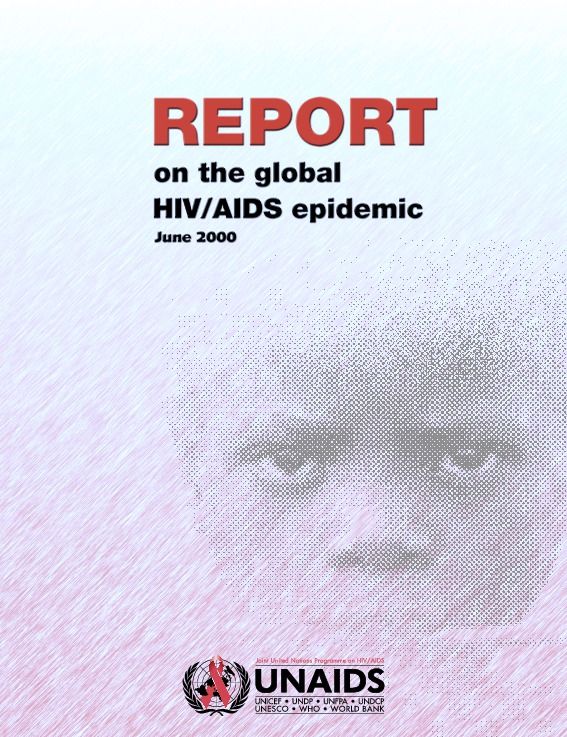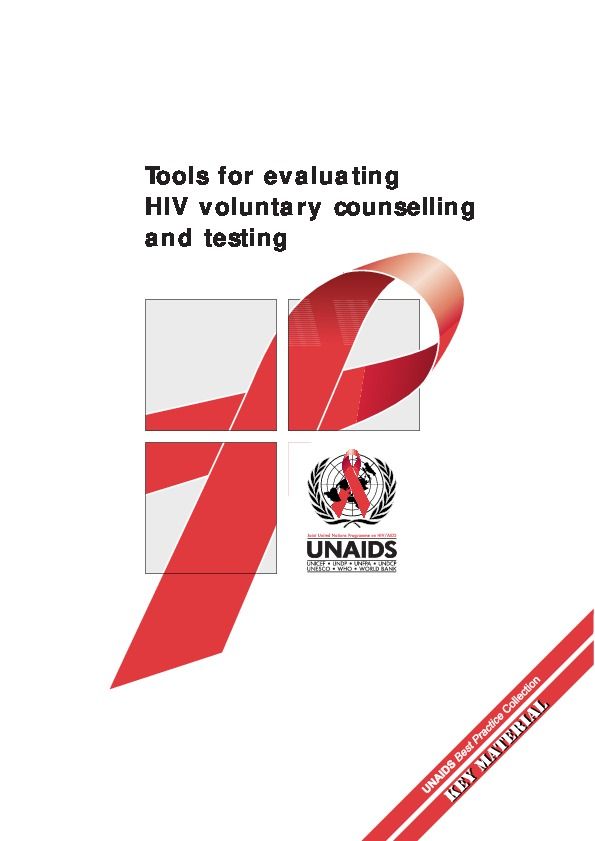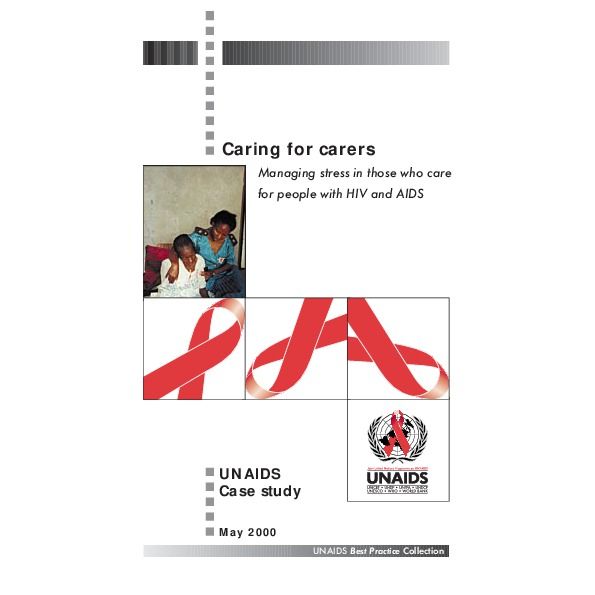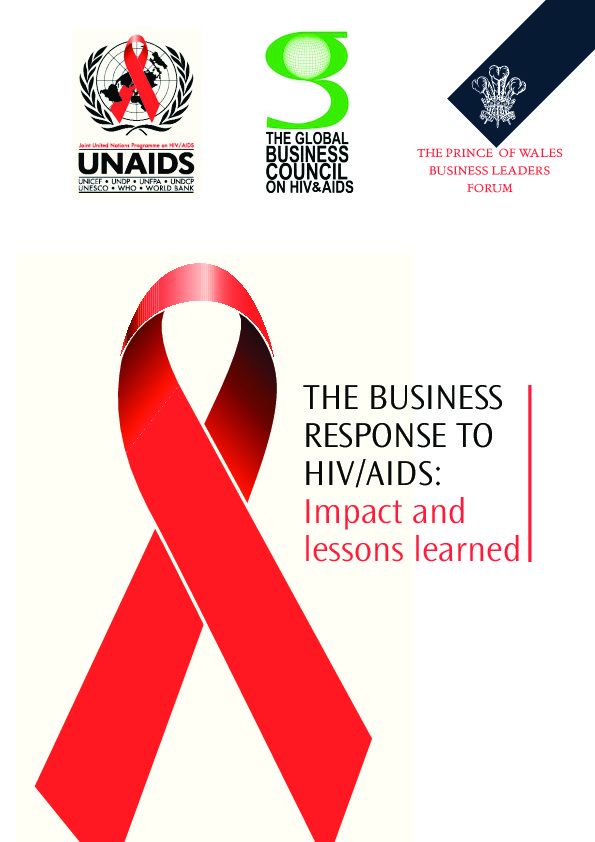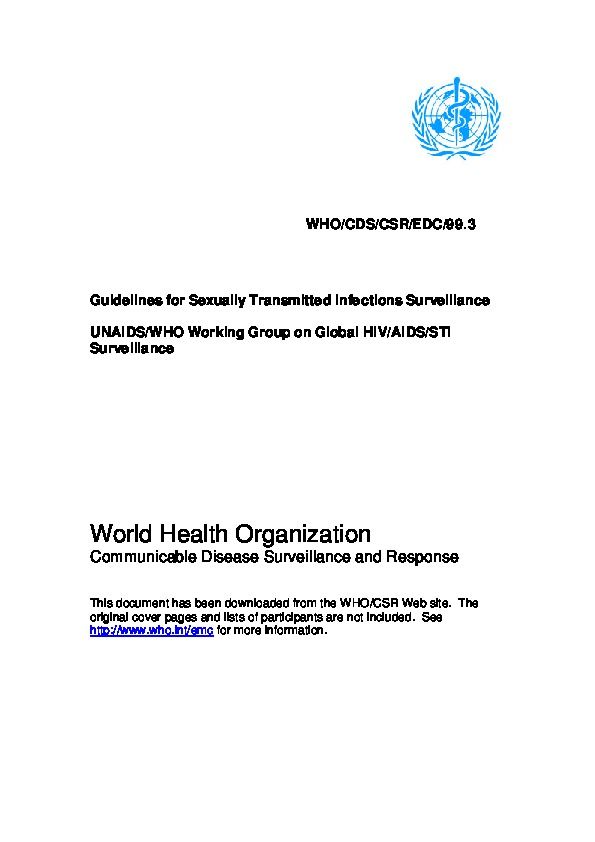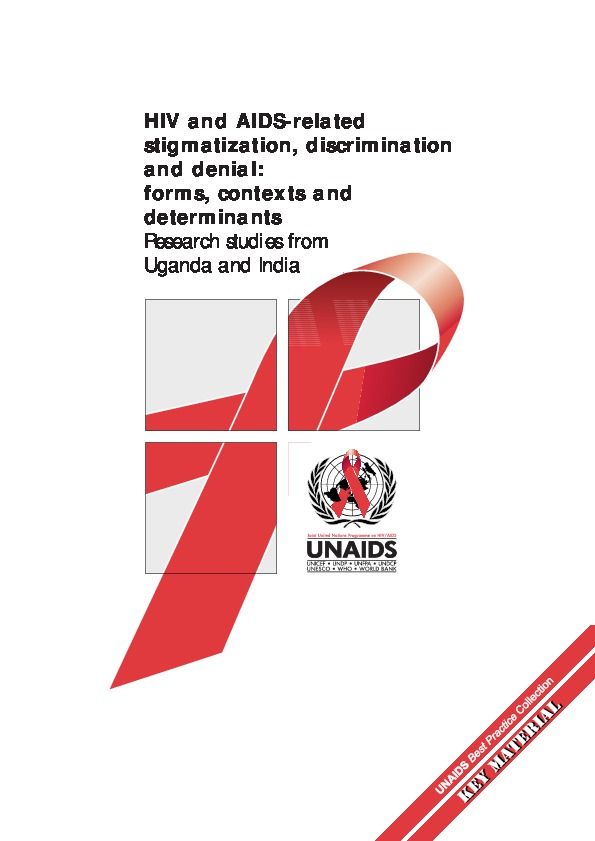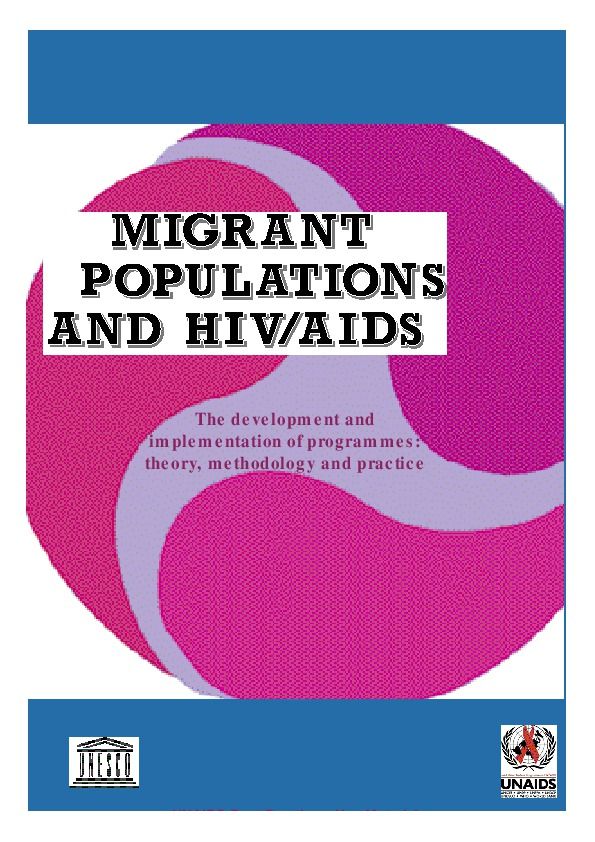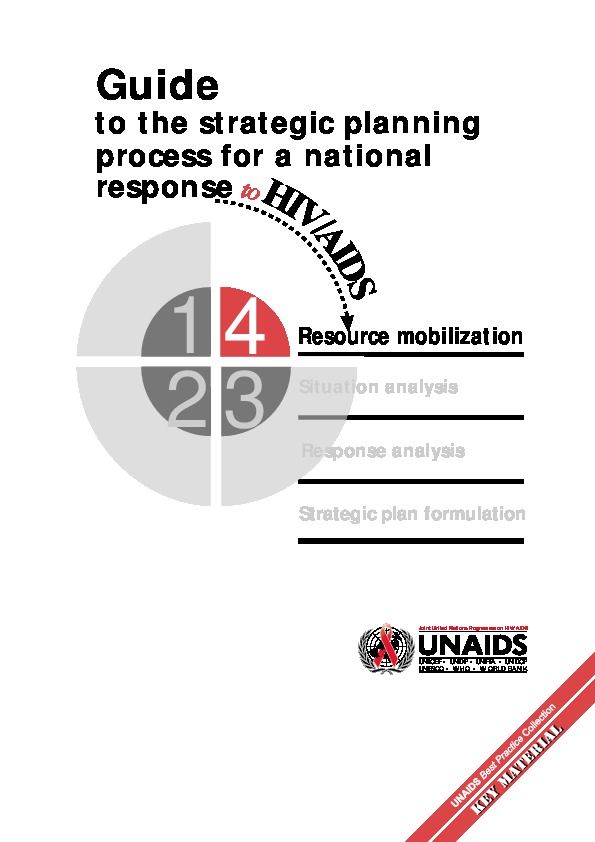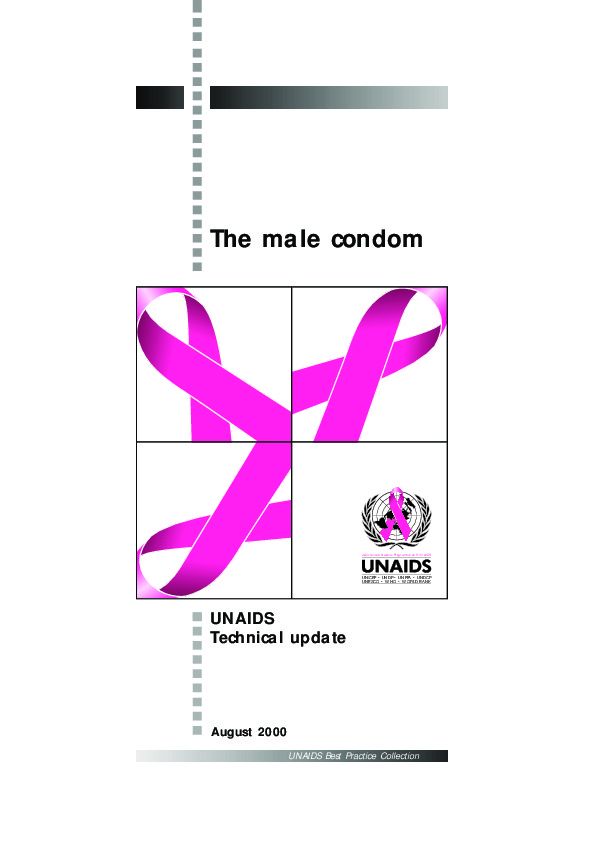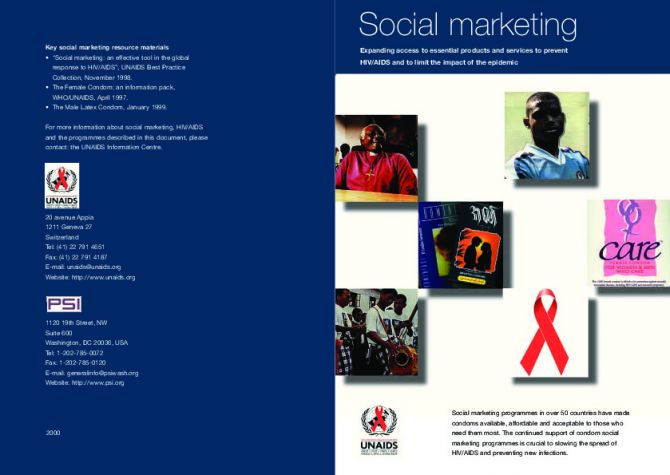Documents
Tools for evaluating HIV voluntary counselling and testing
21 June 2000
This document provides guidance on monitoring and evaluation of the various aspects of planning and implementing VCT. It provides tools for the evaluation of VCT as part of a national programme, as well as VCT services at specific institutions, independent sites and services for special groups, including community-based non-governmental organizations (NGOs). It includes monitoring and evaluation of VCT services associated with the prevention of mother-to-child transmission of HIV (MTCT) and tuberculosis preventive therapy (TBPT). This document revises and adapts previous draft guidelines and incorporates relevant operational research findings.
Documents
Caring for carers : managing stress in those who care for people with HIV and AIDS : UNAIDS case study
21 June 2000
The strain on those who care for people living with HIV/AIDS is enormous and wide-ranging. As the epidemic spreads and matures, these people—front-line workers in the efforts to stop HIV/AIDS and contain the damage it does to society—become an even more precious resource. The quality of care they provide and their ability to do so over a sustained period depend on their own well-being and morale. This report draws attention to the needs of home- and community-based carers, and what can be done to support them more effectively. It highlights the symptoms and causes of stress and burnout, and the options available for managing these conditions. It draws on the first-hand experience of individuals and AIDS organizations in Uganda and South Africa. The report is intended for all those with an interest in the care of people with HIV/AIDS, but especially for those with direct responsibility for providing care or managing carers, for policy-making in this field, or for supporting HIV/AIDS programmes.
Documents
The Business Response to HIV/AIDS: Impact and lessons learned
02 July 2000
As this publication highlights, no business is immune from AIDS. But the private sector is also in a unique position
to respond to the epidemic, because of its contacts with employees and the wider business community, and the wealth of experience and skills it has accumulated. As the publication also illustrates, there is much that businesses
can do, and the benefits of action go well beyond the workplace.
Documents
The Male Condom
25 August 2000
The transmission of HIV and other STDs during sexual intercourse can be effectively prevented when quality condoms are used correctly and consistently. Studies on serodiscordant couples (only one of whom is HIV-positive) have shown that, with regular sexual intercourse over a period of two years, partners who consistently used condoms had a near zero risk of HIV infection.
Documents
Social marketing : expanding access to essential products and services to prevent HIV/AIDS and to limit the impact of the epidemic
15 September 2000
Social marketing has become an increasingly popular way of addressing serious health issues in developing countries. By using traditional commercial marketing techniques, social marketing makes much-needed products available and affordable to low-income people. In the mid-80s, condom social marketing emerged as an effective tool against the spread of HIV/AIDS. This document defines social marketing, as well as highlighting the three key lessons learned in promoting condom social marketing. These include the fact that seed money can effectively be used to leverage additional resources for major public health impact; social marketing can be applied to new products and services; and social marketing can help create an enabling and supportive environment for behavioural change. The document also discusses UNAIDS’ role in social marketing.

